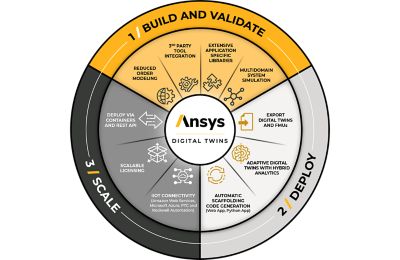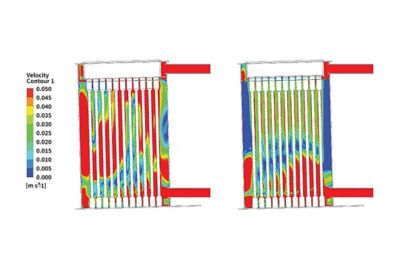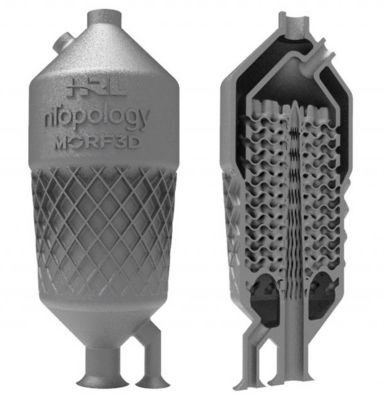-
United States -
United Kingdom -
India -
France -
Deutschland -
Italia -
日本 -
대한민국 -
中国 -
台灣
-
Ansys si impegna a fare in modo che gli studenti di oggi abbiano successo, fornendogli il software gratuito di simulazione ingegneristica.
-
Ansys si impegna a fare in modo che gli studenti di oggi abbiano successo, fornendogli il software gratuito di simulazione ingegneristica.
-
Ansys si impegna a fare in modo che gli studenti di oggi abbiano successo, fornendogli il software gratuito di simulazione ingegneristica.
-
Contattaci -
Opportunità di lavoro -
Studenti e Accademici -
Per Stati Uniti e Canada
+1 844.462.6797
Modeling & Simulation of Heat Exchangers
Optimize heat exchanger design for performance and energy efficiency, material selection, durability and life prediction under harsh conditions.
Cost-Effective Performance and Durability
Used in a variety of settings across a range of scales, heat exchangers must perform reliably, often in harsh conditions, and be durable enough to operate effectively despite extremes of cyclical thermal loading—sometimes for years without replacement. Simulation offers a critical tool to optimize heat exchange performance, select the most appropriate materials and predict durability and life. Ansys heat exchanger simulation application capabilities provide that reliability.
-
Diffuser and Tube Thread Shape Optimization

-
Condensation and Evaporation

-
Conjugate Heat Transfer

-
Integration with the Overall System Model

-
Hot and Cold Cycle Fatigue

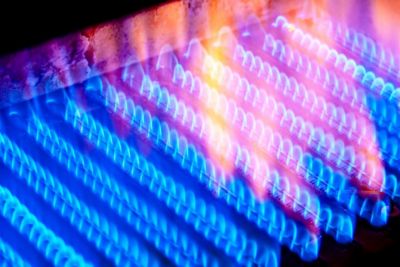
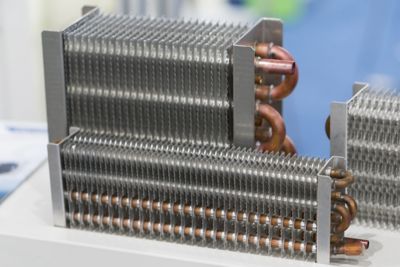
Shape Optimization
Heat exchanger shape selection can be optimized by leveraging parameters, adjoint methods and response surfaces.
Conjugate Heat Transfer
Performing steady or transient conjugate heat transfer simulations determines heat exchanger performance and the impact of thermal stresses. Models can include fluid structure interaction, fatigue life prediction and multiphase boiling, condensation and evaporation.
System Level Integration
Using reduced order models (ROMs), high-fidelity physics simulations integrate with overall system level models for process integration and design optimization (PIDO).
Featured Products
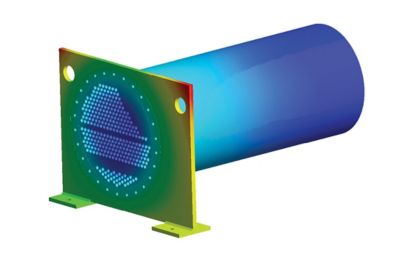
“Using Ansys for pressure vessel and exchanger analysis provides the robustness and reliability needed to solve the large, complex models.”
— Richard Grant, President Grantec Engineering Consultants
Featured Resources
BLOGS
Cominciamo
Se devi affrontare sfide di progettazione, il nostro team è a tua disposizione per assisterti. Con una vasta esperienza e un impegno per l'innovazione, ti invitiamo a contattarci. Collaboriamo per trasformare i tuoi ostacoli ingegneristici in opportunità di crescita e successo. Contattaci oggi stesso per iniziare la conversazione.












